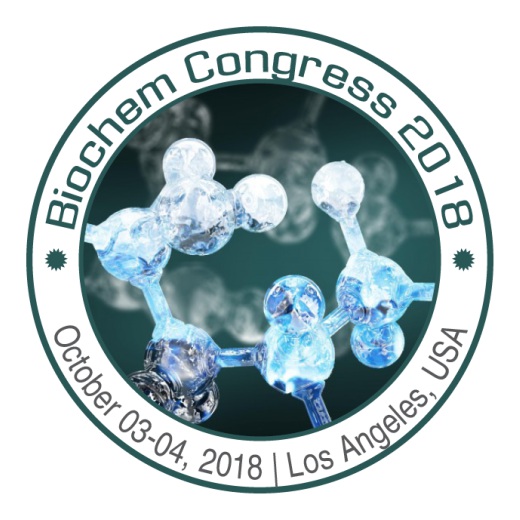4th International Conference on Biochemistry & Metabolomics
Los Angeles, USA

Makoto Ubukata
Hokkaido University, Japan
Title: The Logic of Bioactive Small Molecules: Looking for new drugs for refractory diseases
Biography
Biography: Makoto Ubukata
Abstract
In this congress, I will outline my way of thinking about biologically active small molecules. We discovered many biologically active small molecules. Ascamycin was Xanthomonus specific antibiotic, cationomycin was a polyether ionophore antibiotic, liposidomycin B was an inhibitor of peptidoglycan biosynthesis, tautomycin and tautomycetin were later put into practical use as biochemical reagents. Reveromycin A also was utilized as a biochemical reagent and a candidate drug for osteoporosis, epiderstatin was discovered as a glutarimide antibiotic, (+)-indocarbazostatin and (–)-indocarbazostatin B are inducers of neulite outgrowth in PC12 cells, (+)-epogymnolactam was discovered as an authophagy inducer isolated from Gymnopus sp. Rediscovery of mycophenolic acid as a latent agonist of PPARg led to development of many interesting inhibitors against HDAC, human IMPDH, and T. congolense IMPDH. The study of TcIMPDH led to the identification of TcGMPR. We recently discovered an existing drug as a potential therapeutic agent for immunodeficient model mouse infected with Cryptosporidium parvum via newly developed high-throughput screening for CpIMPDH inhibitors. A biologically active small molecule may save directly or indirectly a number of people. Even if the molecule has not been used as therapeutic agent, it can be used as a useful chemical probe for dissecting a living cell into different biochemical pieces. Such biologically active small molecules derived from microorganisms have been primarily found in cultivable microorganisms that make up only 1% of total microbes in nature. If you can cultivate previously uncultured microorganisms that accounting for the other 99% of microorganisms, the possibility to discover new biologically active small molecules will expand. We discovered zincmethylphyrin, zinc coproporphyrin, and coproporphyrin as novel growth factors for uncultured Leucobacter sp. These findings may provide a general strategy for discovering further biochemical reagents, antibiotics, and therapeutic agents for the treatment of refractory diseases.

